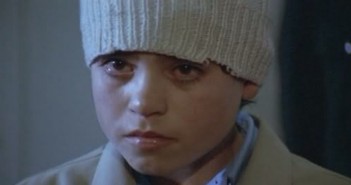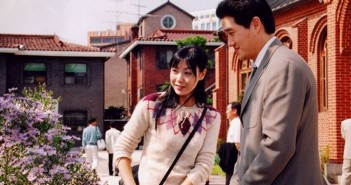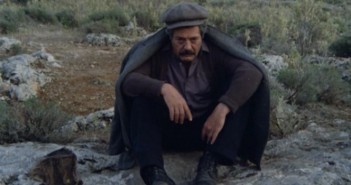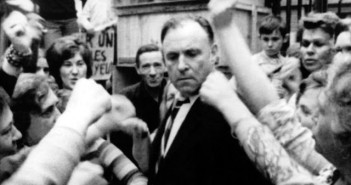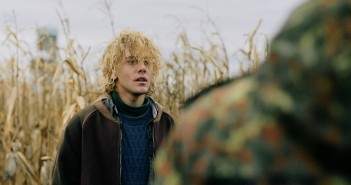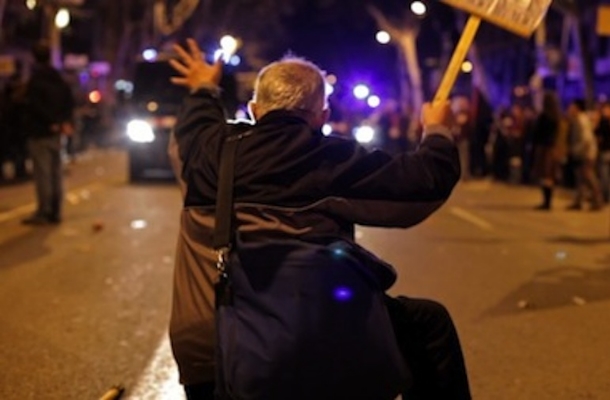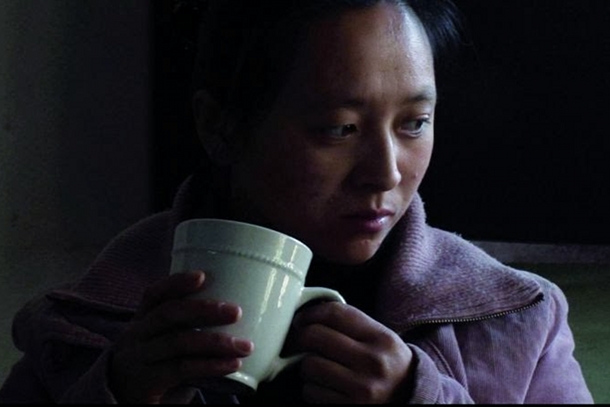Similar in approach to Peter Snowdon’s The Uprising (2013), Demonstration is a film helmed by one person but consists of footage shot by others and spliced together in a specific way. This time, the person helming the project is Russian filmmaker Victor Kossakovsky, while the footage he used for the film was shot by thirty-two students from the Master’s program in Creative Documentary at the IDEC-Pompeu Fabra University in Barcelona, Spain. Also similar in subject to The Uprising, Demonstration is about mass protests; in this case, those that took place in Barcelona on 29th March and 14th November 2012, in response to the Catalan government’s austerity measures. The 29th March protests, in particular, marked the biggest one staged by the population. Protests reached such a peak energy that the government mobilised riot police. Most of the film consists of footage of the March protests, although like The Uprising, Kossakovsky presents the footage with little technical information and concentrates instead on the images’ visceral impact. But unlike The Uprising and its intense, dramatic premise of an ‘imagined revolution,’ Demonstration, for all of its political valences, has a less urgent tone. Indicative of its more aloof, though no less interesting, quality is that Kossakovsky presents the footage as a ‘film ballet.’
